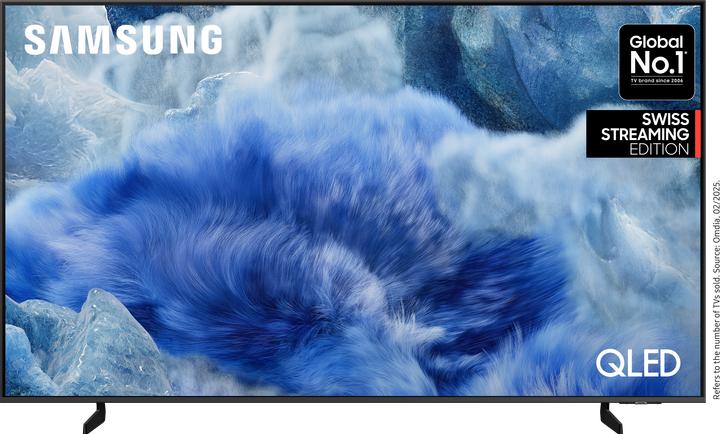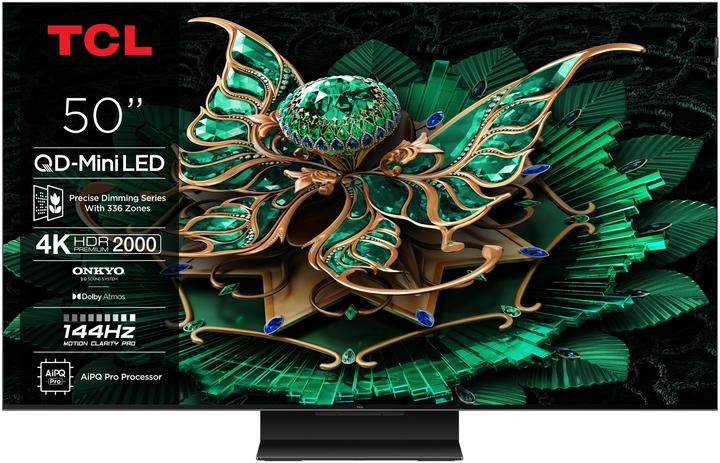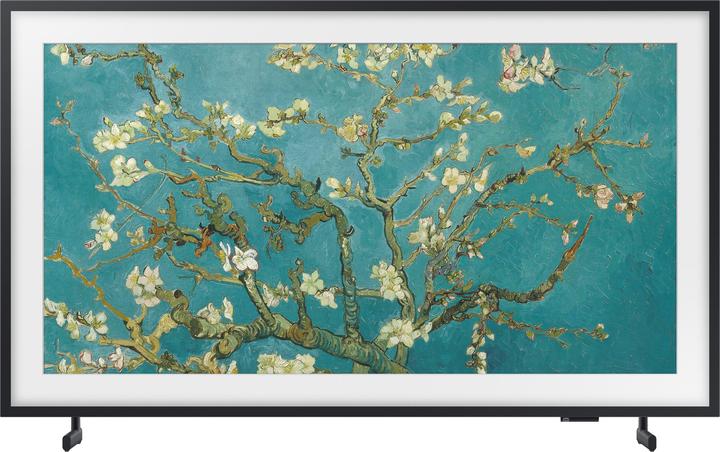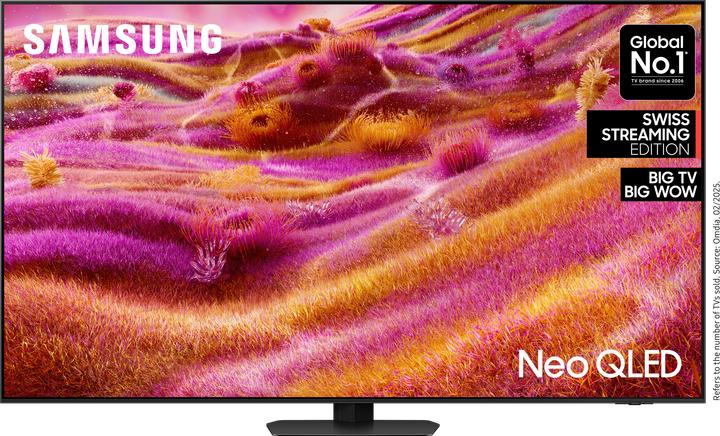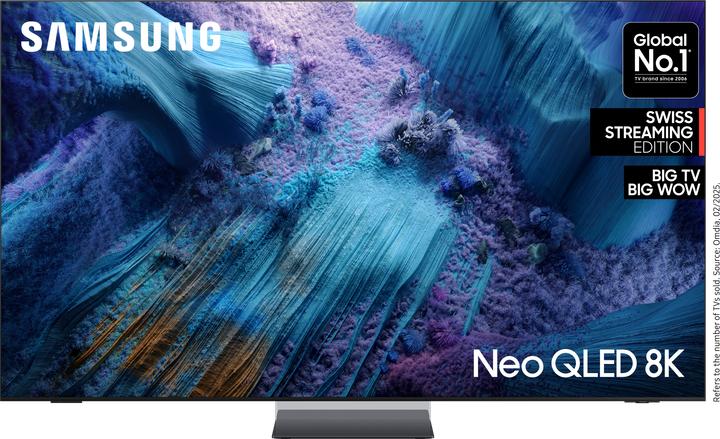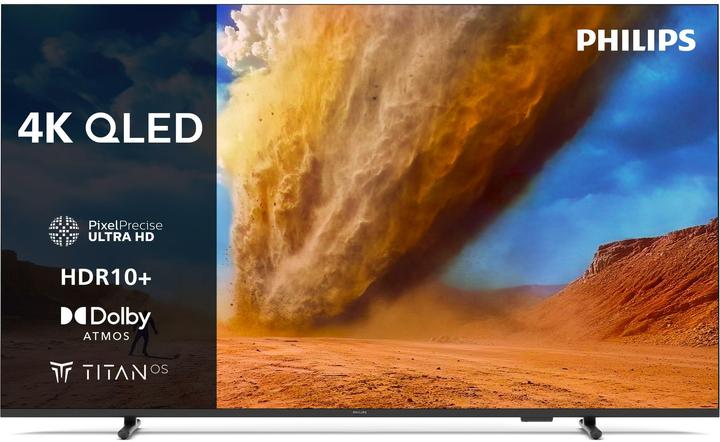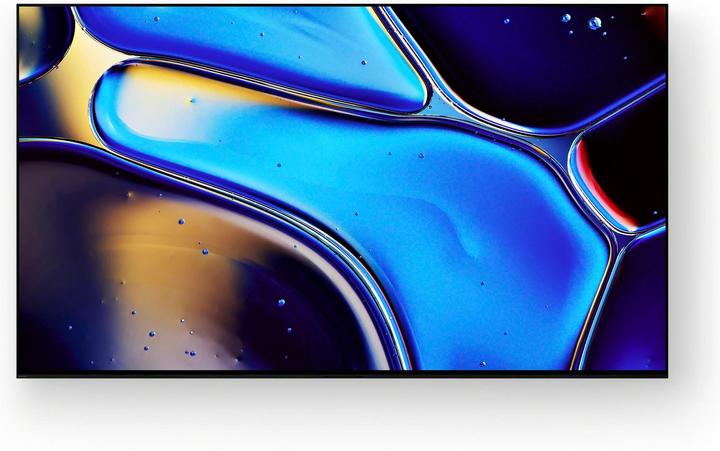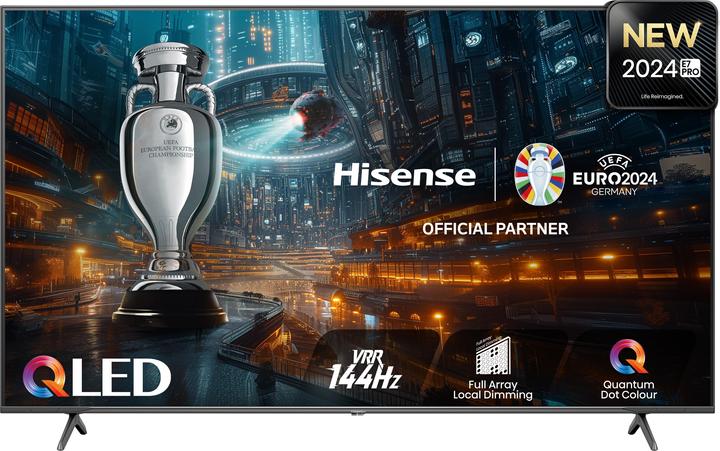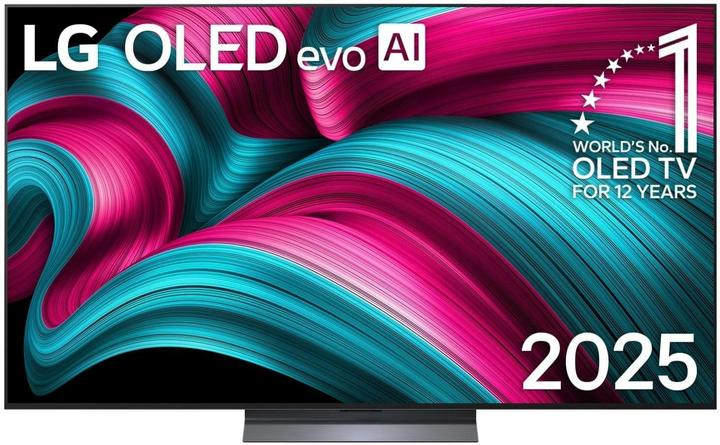
Too Many TVs? Here’s How to Choose the Right One
Here are five key things to consider when picking the best TV for your needs.
Last updated 1 week ago. Automatically generated content.
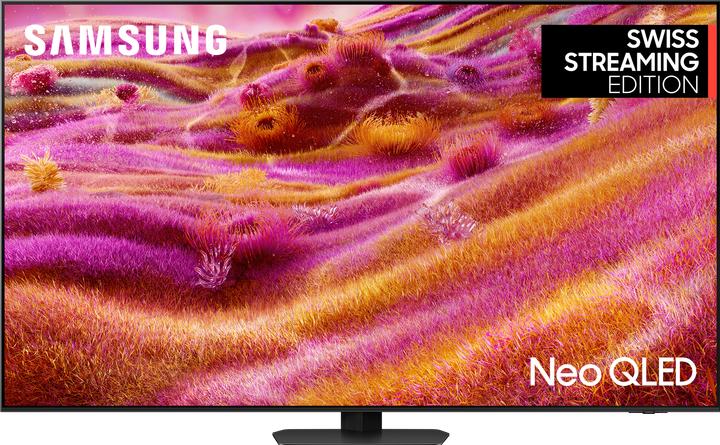

Select options and limit the number of products
Screen technology determines how a TV displays images, impacting picture quality, brightness, color accuracy, and viewing experience. Choosing the right type affects how well a TV performs in different lighting conditions, energy use, and suitability for activities like movies, sports, or gaming.
Popular options (you can select more than one)
OLED
Typical price
1200.– to 2700.–Uses self-lit pixels for deep blacks, high contrast, and vibrant colors.
Ideal for dark rooms, movie nights, and those valuing cinematic picture quality, though can be more expensive than other types.
Bestseller
QLED
Typical price
440.– to 1200.–Employs quantum dots with LED backlighting to boost brightness and color range.
Performs well in bright rooms and is great for sports, offering vivid visuals at a generally lower cost than OLED.
Bestseller
Mini-LED
Typical price
840.– to 2100.–Uses thousands of tiny LEDs for improved backlight control and higher contrast.
Balances strong brightness with deep blacks, making it versatile for both daytime viewing and home theater setups.
Bestseller
LED
Typical price
270.– to 680.–Relies on LED backlighting behind an LCD panel to deliver clear images and good brightness.
Offers reliable performance at a budget-friendly price, suitable for general TV watching in most households.
Bestseller
Display size refers to the diagonal measurement of the TV screen and plays a key role in viewing comfort and immersion. Choosing the right size depends on your room dimensions, seating distance, and how you use your TV, affecting both visual impact and practicality.
Popular options
32 - 43"
Typical price
230.– to 460.–Compact screens are ideal for smaller spaces like bedrooms, kitchens, or dorm rooms.
Easier to fit into tight areas and more energy-efficient, making them practical for casual viewing or secondary TVs.
Bestseller
44 - 65"
Typical price
520.– to 1200.–Medium to large screens offer a balanced viewing experience, suitable for most living rooms.
Provide an immersive experience for movies, sports, and gaming without overwhelming the space.
Bestseller
66 - 83"
Typical price
1100.– to 2700.–Extra-large screens deliver a cinematic feel, best for spacious living rooms or dedicated home theaters.
Ideal for group viewing and maximizing impact with 4K or 8K content, but require more wall or floor space.
Bestseller
Display resolution refers to the number of pixels that make up the picture on a TV screen, affecting image clarity and detail. Choosing the right resolution impacts how sharp and immersive movies, shows, and games will appear, especially as screen sizes increase.
Popular options (you can select more than one)
8K
Typical price
3400.– to 5800.–Features a resolution of 7680 x 4320 pixels, offering four times more detail than 4K TVs.
Best for very large screens or close viewing distances, providing exceptional sharpness for future-proofing and high-end home theaters.
Bestseller
4K
Typical price
550.– to 1600.–Offers a resolution of 3840 x 2160 pixels, delivering crisp and clear images with high detail.
Ideal for most users, balancing detail and price, and widely supported by streaming services and gaming consoles.
Bestseller
Full HD
Typical price
220.– to 370.–Delivers a resolution of 1920 x 1080 pixels, which is standard for many smaller TVs.
Sufficient for basic viewing needs and smaller screen sizes, but less sharp on large screens or for high-definition content.
Bestseller
Dynamic range in a TV refers to its ability to display details in both the brightest and darkest parts of the picture. A wider dynamic range enhances contrast and realism, making movies, sports, and games look more lifelike and immersive.
Popular options (you can select more than one)
HDR10+
HDR10+ uses dynamic metadata to adjust brightness and contrast for each scene or even frame by frame.
This results in more accurate colors and highlights, ideal for viewers who want the most precise and vivid picture in supported content.
Bestseller
Dolby Vision
Dolby Vision also uses dynamic metadata and supports a wider range of colors and brightness levels than standard HDR formats.
Offers a premium viewing experience with striking contrast and vibrant colors, often found in high-end streaming services and Blu-ray discs.
Bestseller
HDR10
HDR10 is the most widely supported HDR format, using static metadata to enhance contrast and color for the entire video.
Provides a clear improvement over standard dynamic range, making it a solid choice for general viewing and gaming across many devices.
Bestseller
The brand factor guides customers to trusted TV manufacturers, helping them choose based on reliability, innovation, and user experience. Selecting a well-known brand like LG, Samsung, or Sony often means better picture quality, longer-lasting products, and more advanced smart features.
Popular brands (you can select more than one)
LG
Recognized for OLED technology and intuitive smart TV platforms.
Ideal for movie lovers seeking exceptional contrast and vibrant colors, with user-friendly interfaces.
Bestseller
Samsung
Known for QLED displays and sleek, modern designs.
Offers bright screens and strong gaming performance, making it a top pick for versatile use and stylish homes.
Bestseller
Philips
Famous for Ambilight technology and energy-efficient models.
Enhances immersion with dynamic lighting, perfect for viewers wanting a unique visual experience.
Bestseller
Sony
Respected for superior image processing and realistic color reproduction.
Recommended for sports fans and cinephiles who value smooth motion and lifelike detail.
Bestseller
Hisense TV
Offers affordable TVs with solid performance and varied features.
Great for budget-conscious buyers who want reliable quality and smart functionality.
Bestseller

